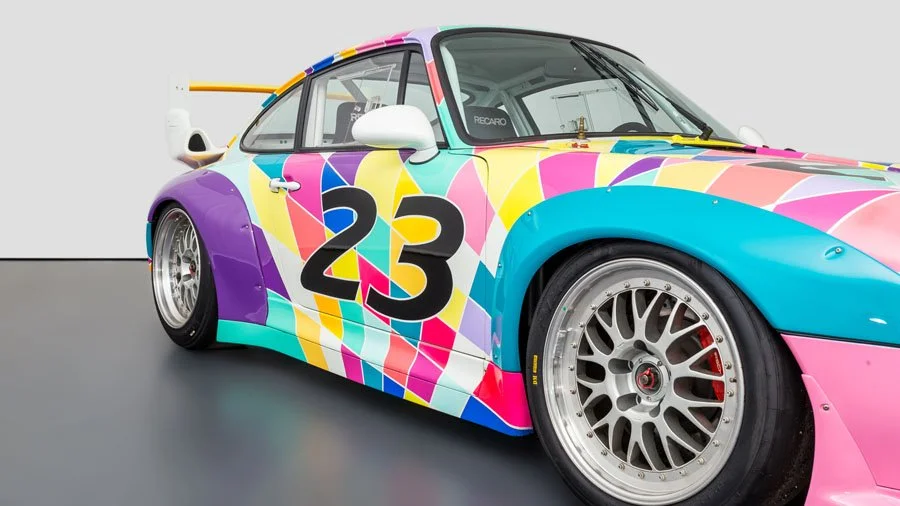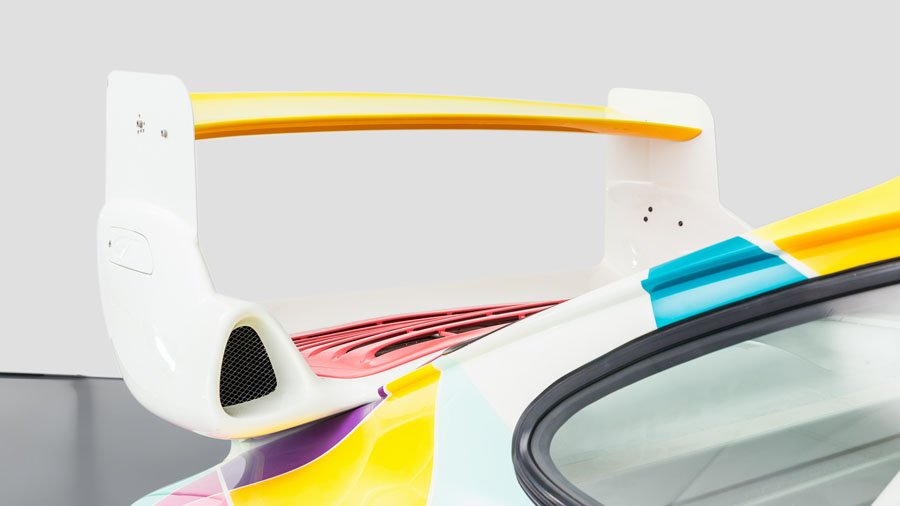One to Buy: 500km from new 1995 Frankfurt Motor Show Porsche 911 GT Evolution Harlequin Art Car (993)
/ Ben Tyer
In addition to Erich Strenger’s litany of era-defining promotional posters created primarily to celebrate his employer’s competition success, the Porsche company has also crossed the ether from automobiles to art by way of racing cars that have worn some of the most iconic liveries in the history of motor sport.
From the 550s that ran in the Carrera Panamericana during the 1950s, the spectacular 917s and 908s campaigned by Porsche Salzburg and Martini International during the early 1970s, to the trio of spectacular 963s that ran at Le Mans in 2023, only BMW has used the motor car as a canvas for artistic creativity more than their rival from Stuttgart.

Currently on offer at the Mechatronik showroom in Pleidelsheim is one of the most spectacular Porsche Art Cars every produced: the 993 GT Evo produced for the Frankfurt Motor Show that took place from September 14th to the 24th 1995.
Conceived in-house by Porsche’s marketing department, the eye-catching Harlequin colour scheme was laboriously applied by hand and resulted in one of the 1990’s most celebrated yet rarely seen examples of rolling sculpture.

Purchased off Porsche’s stand at Frankfurt by one of the company’s best regarded VIP customers, the Harlequin 993 GT spent the next 25 years tucked away in a private collection. It is today offered in exceptional original condition having covered less than 500km from new and never taken to the track in anger.





















































